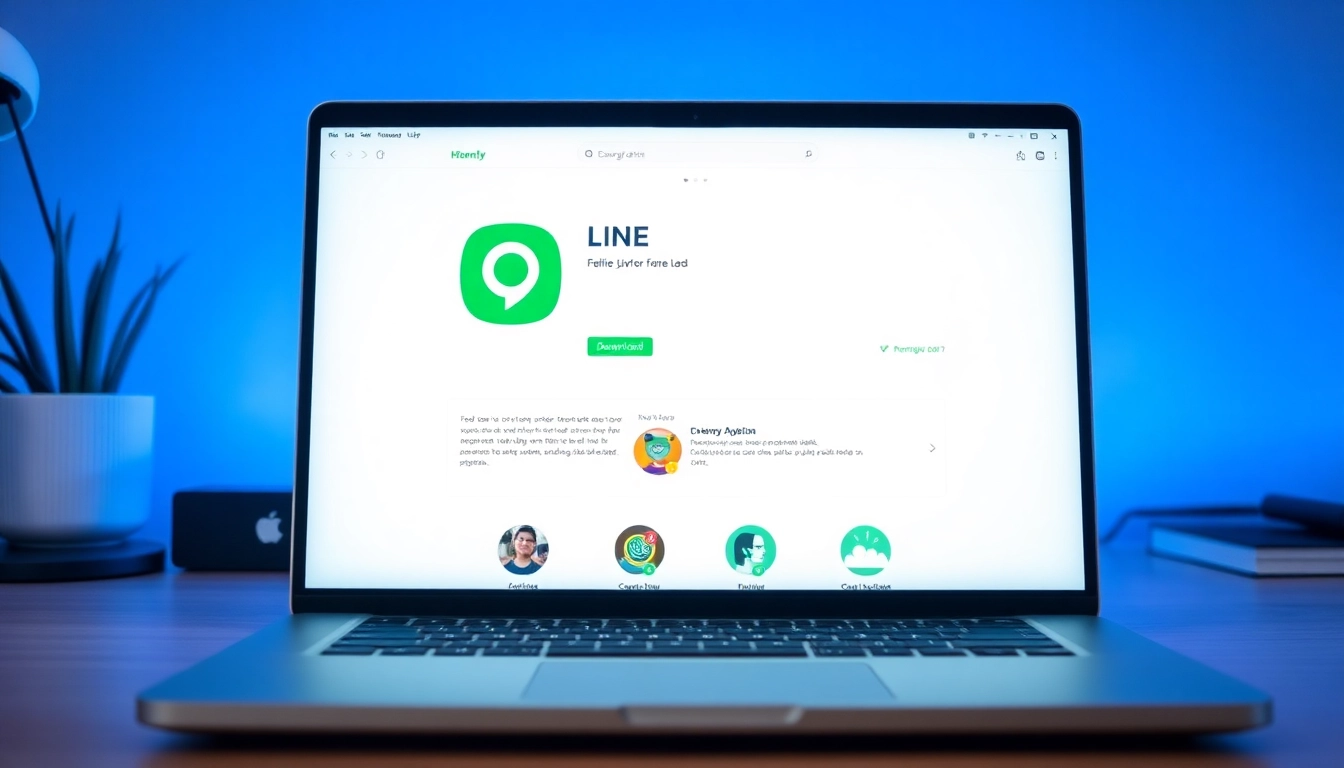Introduction to KlingAI Prompts
In the rapidly evolving field of artificial intelligence, the demand for intuitive and efficient content generation tools continues to expand. Among these innovative tools, KlingAI Prompts stand out as a powerful solution for creators seeking to generate captivating AI-driven videos and multimedia content. Understanding the mechanisms behind these prompts and utilizing them effectively can enhance creativity and streamline the content creation process.
What are KlingAI Prompts?
KlingAI Prompts can be defined as structured input commands designed to generate specific outputs from AI models, particularly in video creation. These prompts encapsulate instructions that guide artificial intelligence systems in producing coherent and contextually relevant multimedia content, bridging the gap between user input and AI output.
Whether you’re an educator, marketer, filmmaker, or an enthusiast looking to dive into the world of AI-generated content, these prompts offer a user-friendly interface to interact with sophisticated algorithms. They can vary significantly in format, ranging from simple text descriptions to detailed scene specifications, enhancing the ease of creating engaging videos tailored to target audiences.
How KlingAI Prompts Work
The functionality of KlingAI Prompts is predicated on natural language processing and machine learning technologies. At a core level, these prompts interact with AI models by translating human-language commands into data that algorithms can understand. This transformation allows the AI to interpret the desired outcome and make decisions regarding visuals, sound, and editing techniques.
For instance, a prompt could specify a scene set in a bustling city street, including details like time of day, emotional tone, and character actions. The AI generates the video footage based on this nuanced input, aiming to match the user’s intent as closely as possible. The deployment of KlingAI Prompts thus emphasizes clarity and specificity in instruction to maximize the relevance and quality of AI-generated outputs.
Benefits of Using KlingAI Prompts
Incorporating KlingAI Prompts into your creative processes provides numerous advantages:
- Enhanced Creativity: By removing barriers to entry, these prompts allow users of all skill levels to experiment and explore their creative potential without requiring extensive technical knowledge.
- Time Efficiency: автоматизированная генерация контента значительно сокращает время, необходимое для производства видео, в отличие от традиционных методов редактирования.
- Customization: Flexible and adaptable, KlingAI Prompts facilitate the creation of tailored content, ensuring that videos resonate with specific audiences and adhere to unique branding requirements.
- Cost-Effective Solutions: Reducing dependency on professional production teams, this technology empowers creators to produce high-quality content affordably.
- Iterative Learning: Users can continually refine their prompts based on AI output, fostering an iterative learning cycle that improves both content quality and prompt structure over time.
Structuring Effective KlingAI Prompts
Creating effective KlingAI Prompts is crucial for generating desirable outcomes. Understanding the structure and common pitfalls of prompt creation can significantly enhance video output quality.
Analyzing Prompt Structure
The structure of a KlingAI Prompt typically comprises several key components:
- Context: Providing context includes specifying where the scene takes place, the characters involved, and any background details that enrich the narrative.
- Action: Clearly delineating character actions and interactions helps the AI visualize the dynamic elements of the scene.
- Emotional Tone: By specifying emotions, users can direct the AI to generate footage that reflects the desired mood, influencing the music, pacing, and visual effects.
- Technical Specifications: Parameters such as video length, shot composition, and transition types inform the AI on how to construct the final product.
Common Mistakes in Prompt Creation
Avoiding common mistakes can streamline the prompt development process and lead to better AI outputs:
- Vagueness: Broad prompts often yield generic outputs that fail to capture user intent. Providing specific details is crucial.
- Overloading Information: Complicated prompts with excessive details can overwhelm the AI. It’s essential to balance specificity with clarity.
- Lack of Emotional Nuance: Ignoring emotional context may result in disjointed narratives. Infusing prompts with emotional attributes can significantly improve relevance.
- Neglecting Technical Details: Omitting technical specifications can lead to unexpected outcomes. Always include relevant information about desired video formats, lengths, and styles.
Best Practices for Prompt Development
To maximize the effectiveness of KlingAI Prompts, consider implementing these best practices:
- Iterate and Refine: Regularly review and refine your prompts based on previous outputs. This iterative process leads to continuous improvement.
- Use Examples: Build prompts based on real-world examples or establish benchmarks to guide the output towards your expectations.
- Test Variations: Experiment with different phrasing and structures. This exploration can uncover unique outcomes that might align better with your vision.
- Collaborate: Engaging in a creative dialogue with peers can inspire new ideas and approaches, ultimately enhancing the prompt quality.
Examples of Successful KlingAI Prompts
Real-world applications of KlingAI Prompts illustrate their versatility across various industries and creative contexts. Below we explore industry-specific use cases highlighting effective prompt implementation.
Industry-Specific Use Cases
Different sectors can harness KlingAI Prompts to achieve specific objectives:
- Marketing: Marketers can craft prompts highlighting product features and customer stories to generate advertisements that resonate with their target demographics.
- Education: Educators can utilize prompts to create engaging instructional videos, encapsulating complex ideas in easily digestible formats that enhance learning experiences.
- Entertainment: Filmmakers and content creators can employ prompts to conceptualize scenes, assisting in storyboarding and reducing pre-production time, allowing rapid prototyping of concepts.
Cinematic Applications of KlingAI Prompts
In the realm of cinema, KlingAI Prompts can significantly influence production value:
- Scene Visualization: By detailing cinematography specifications—such as camera angles and movements—creators can synthesize cinematic scenes that effectively convey their narrative vision.
- Character Development: Prompts that outline character arcs, motivations, and emotional journeys help create rich, multidimensional characters, crucial for engaging storytelling.
- Post-Production Planning: Efficient prompts can streamline the editing process by generating precise multimedia assets needed for final cuts and adjustments.
Interactive Content with KlingAI Prompts
The future of digital content lies in interactivity, and utilizing KlingAI Prompts for this purpose can increase engagement levels:
- Gamification: By designing prompts that foster user interactivity, creators can develop gamified experiences that both entertain and educate users.
- Virtual Reality and Augmented Reality: KlingAI Prompts can be crafted to generate immersive scenarios that enhance learning experiences or offer unique storytelling methods.
Advanced Techniques for KlingAI Prompts
As users grow more accustomed to basic prompting, advanced techniques can further enhance video content quality, elevating the overall creative experience.
Text-to-Video Enhancements
The introduction of text-to-video capabilities allows creators to transform textual narratives into dynamic visual stories:
- Script-Based Prompts: Using detailed scripts as prompts can yield high-quality videos reflecting the author’s original intent while providing room for AI interpretation.
- Sequential Storytelling: Breaking down complex narratives into a series of prompts enhances the AI’s capability to generate coherent sequences of events, contributing to a smoother narrative flow.
Using Negative Prompts Effectively
Negative prompts serve as essential tools in guiding AI output by specifying elements to avoid:
- Clarifying Non-Desired Outcomes: By stating what not to include, creators can refine their results, steering clear of unwanted aspects that may distract from the core message.
- Correcting Inaccuracies: Feedback mechanisms utilizing negative prompts can help iteratively improve AI understanding and output quality over time.
Combining Various Prompt Types
Combining different types of prompts can yield richer media outputs:
- Multimodal Prompts: Incorporate audio, visuals, and text descriptions to create a more holistic and engaging multimedia experience.
- Dynamically Adapted Prompts: Utilize variable elements in prompts that allow AI to modify scenes based on user interactions, yielding personalized content experiences.
Measuring Success with KlingAI Prompts
To ensure the effectiveness of KlingAI Prompts, measuring success through various performance metrics is crucial:
Performance Metrics to Track
Key performance indicators (KPIs) can help gauge the effectiveness of your prompts:
- Engagement Rates: Metrics such as click-through rates and viewer retention percentages provide insight into how your content resonates with its audience.
- Feedback and Reviews: Analyzing user feedback can uncover areas for improvement and innovative ideas for future prompts.
- Content Reach: Monitoring shares, likes, and comments can reveal audience engagement levels with the generated content, indicating its impact.
User Engagement and Feedback Analysis
Leveraging user engagement data can lead to valuable insights for prompt refinement:
- Surveys and Polls: Gathering direct opinions on generated videos can inform future prompt iterations and assist in tailoring outputs that better align with viewer expectations.
- Content Performance Comparisons: A/B testing different prompts can highlight which styles or approaches yield the best outcomes and engagement levels.
Iterative Improvement for KlingAI Prompts
The journey of leveraging KlingAI Prompts doesn’t end with a single creation. Continuous refinement is vital for long-term success:
- Regular Evaluations: Conduct routine analyses of prompt effectiveness relative to user engagement metrics to uncover patterns and opportunities for optimization.
- Adaptation to Trends: Staying informed about changing trends and audience preferences can guide prompt adjustments, ensuring ongoing relevance and effectiveness.
By honing in on their structured development, leveraging advanced techniques, and consistently measuring success, creators can unlock the full potential of KlingAI Prompts, elevating their content creation process and achieving more impactful outcomes. Through exploration and experimentation, the journey into artificial intelligence-powered creativity opens new horizons for storytelling and audience engagement.



